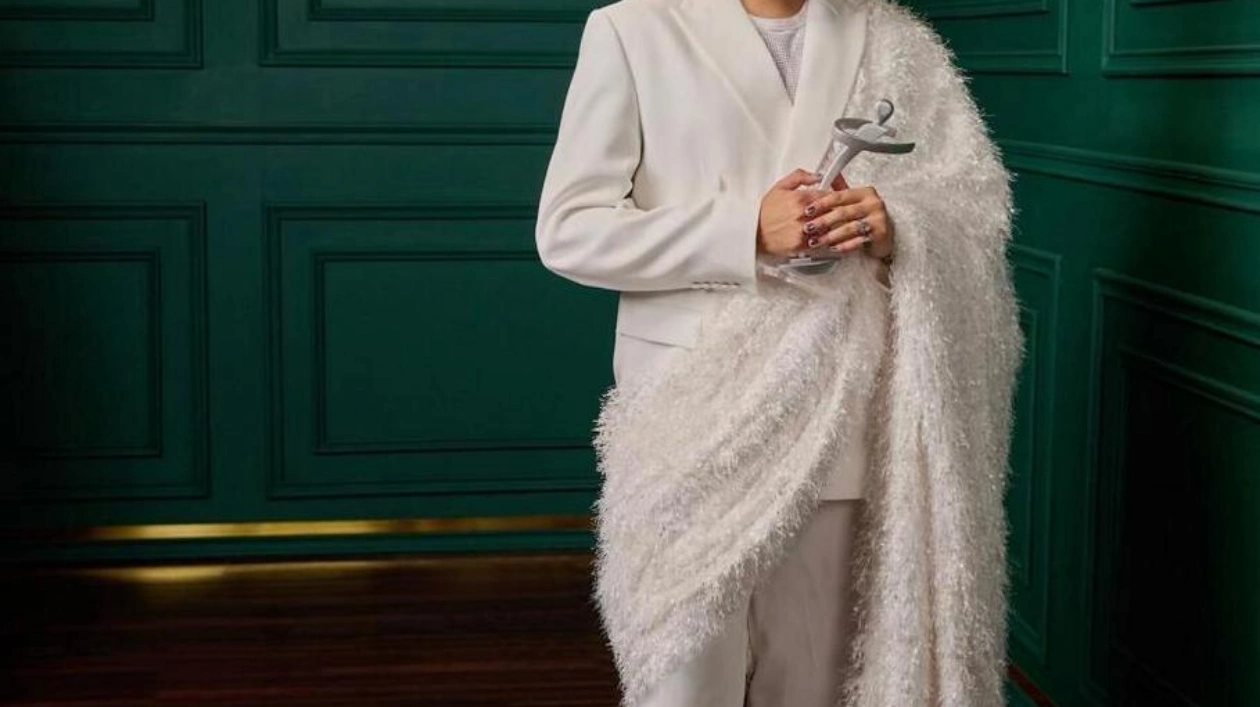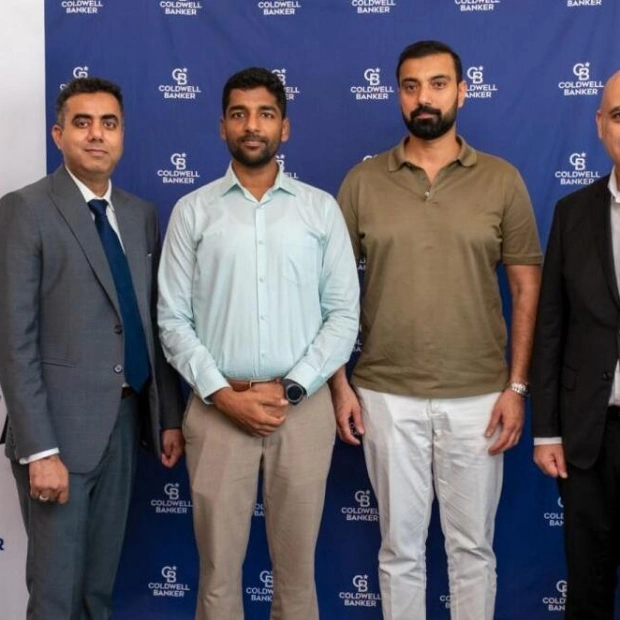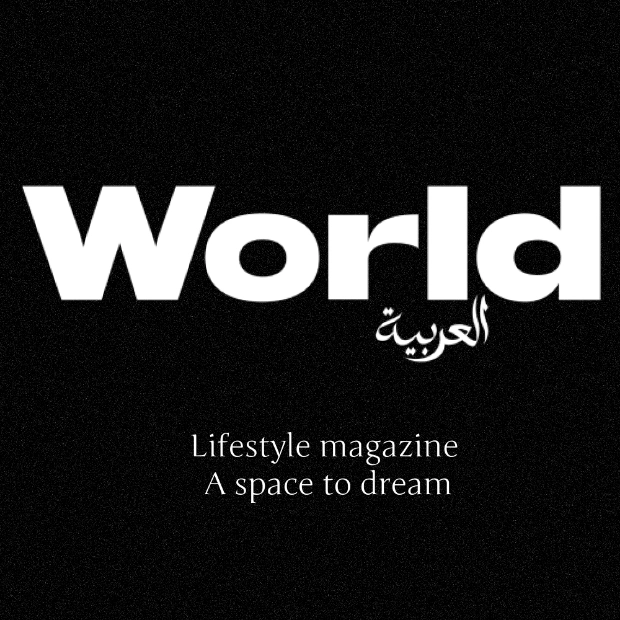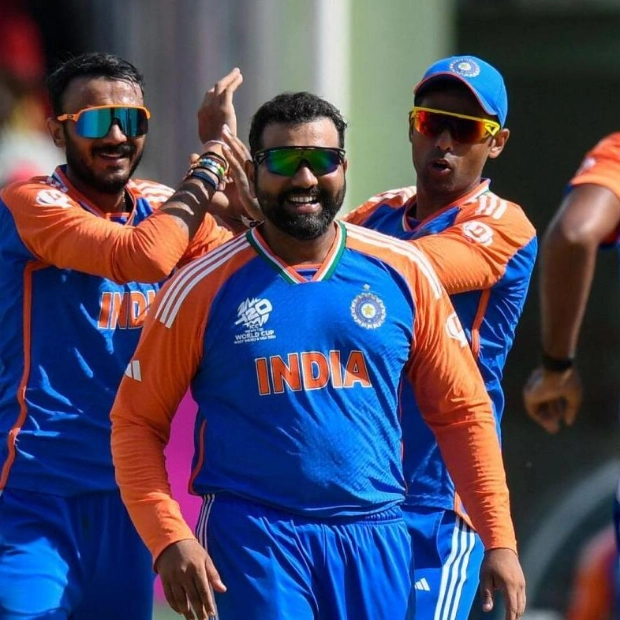To the casual observer, styling celebrities might appear to be a dream job; however, this glamorous profession is not without its challenges. Stylists often face significant criticism when a celebrity's appearance fails to impress, yet they rarely receive recognition when a celebrity shines. The delicate balance between high expectations and limited acknowledgment underscores the complexity of their role in the ever-evolving world of fashion.
From creating looks for celebrities at IIFA to styling editorial shoots and runway shows, Tabesh Khoja, a renowned fashion stylist in Pakistan, discusses with City Times the creative art of styling and whether it is a viable career path. Do you believe that stars from South Asia fully grasp the importance of having a stylist? It's a growing business here, and we're still exploring it as an image-building solution. Some stars do understand its importance—especially those who recognize that it's all about show business. Styling is a powerful tool that can make them look polished and ready for all kinds of screens and mediums, especially with the rise of digital visuals.
When a publicist calls you, what do they typically ask? What types of jobs do you get called for most often? Publicists reach out to make their clients look their best. They usually ask for styling. However, styling is not a simple task. It involves more than just choosing outfits—it’s about ensuring the person embodies the right image, whether for a magazine cover, fashion shoot, TV commercial, film, digital videos, or red-carpet appearances.
Styling is a lifestyle for me; it’s not just about visual change. It's about character building from head to toe. I aim to make my clients the best version of themselves while considering their character boundaries and daily lives. What’s the biggest mistake stars make on the red carpet? Where do they go wrong? The biggest mistake is trying to be someone they are not or imitating someone else's style. Personalization and individuality are crucial. Stars need to embrace their own unique styles rather than copying others. You may be able to afford the best outfit out there, but I visualize that on the person and not on the mannequin. And that is where they go wrong. Not everything is for everyone.
We recently had the Cannes Festival, where established stars like Aishwarya Rai disappointed, while influencers like Nancy Gupta made a mark. What do you think is the reason for this? High fashion access doesn’t guarantee style. True style comes from within, not just from wearing borrowed or branded clothes. While many people felt Aishwarya Rai missed the mark, her confidence more than compensated for that. We're often accustomed to seeing certain jawlines and hourglass figures on the red carpet, but she is embracing her age, and I believe that works in her favor. At her level, there is also involvement from global brands and designers, so her choices are not solely her own. Nonetheless, Asians owe much of the attention Cannes receives to her presence and impact.
How was your experience with IIFA in the UAE, and which Bollywood star impressed you the most? The UAE is synonymous with glitz and glamour. IIFA in the UAE was an amazing experience, filled with beauty, style, and stardom. Arjun Rampal particularly impressed me with his style. Men like him are an example of how to embrace a minimalist approach while still making a significant impact. Young men should take note of this. Dubai offers numerous learning opportunities simply by observing how it has evolved into a fashion hub. It brings together a global array of fashion and lifestyle that is crucial for artists to develop their talent and taste.
Would you say that your job has the potential to become a viable career? Over the years, the fashion styling industry has experienced tremendous growth, evolving from a behind-the-scenes role to a key player in shaping cultural and fashion statements. While styling can be a very lucrative business, success is a relative term, and the job comes with its own set of challenges. When two creative minds collide, friction is often inevitable, and finding alignment can become a significant issue. Balancing your vision with the star’s preferences and finding a compromise is a skill in itself.
You are also styling TV projects. What kind of preparation do you do for those? Isn’t working for television very tedious and demanding? Yes, it is quite tedious. It involves understanding the entire script, building characters according to the script and director’s vision, and aligning both with the actor’s comfort zone and sensibility. It’s much more than a modeling gig, but I enjoy the process, having worked on projects like Jane-e-Jahan, Gentlemen, Farrar, and Ye Ishq, among others.
You are receiving a lot of praise for your work in the current drama Gentleman. What is the scope of styling that you cover in that context? I handled style direction and image consultation to present characters in alignment with the director’s vision and the script. For Gentleman, I styled Yumna Zaidi, Humayun Saeed, and Adnan Siddiqui, among others. My role was to ensure that each actor looked the part on screen. For instance, Yumna, who plays a TV anchor, has a wardrobe that is both graceful and modern. In contrast, Adnan, who portrays an over-the-top villain, features heavy kohl, numerous gold chains, and predominantly black attire to emphasize his character.
If you had to pick your top three stars whom you have styled, who would they be? And who do you wish to style in the future? I loved working with Yumna Zaidi, Bilal Abbas, and Sajal Aly. And I would love to style Diljit Dosanjh because he is open to new ideas and has a progressive approach to life. Sadiq Saleem is a UAE-based writer and can be contacted on his Instagram handle @sadiqidas.






